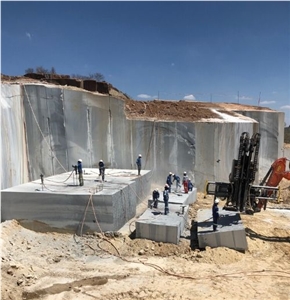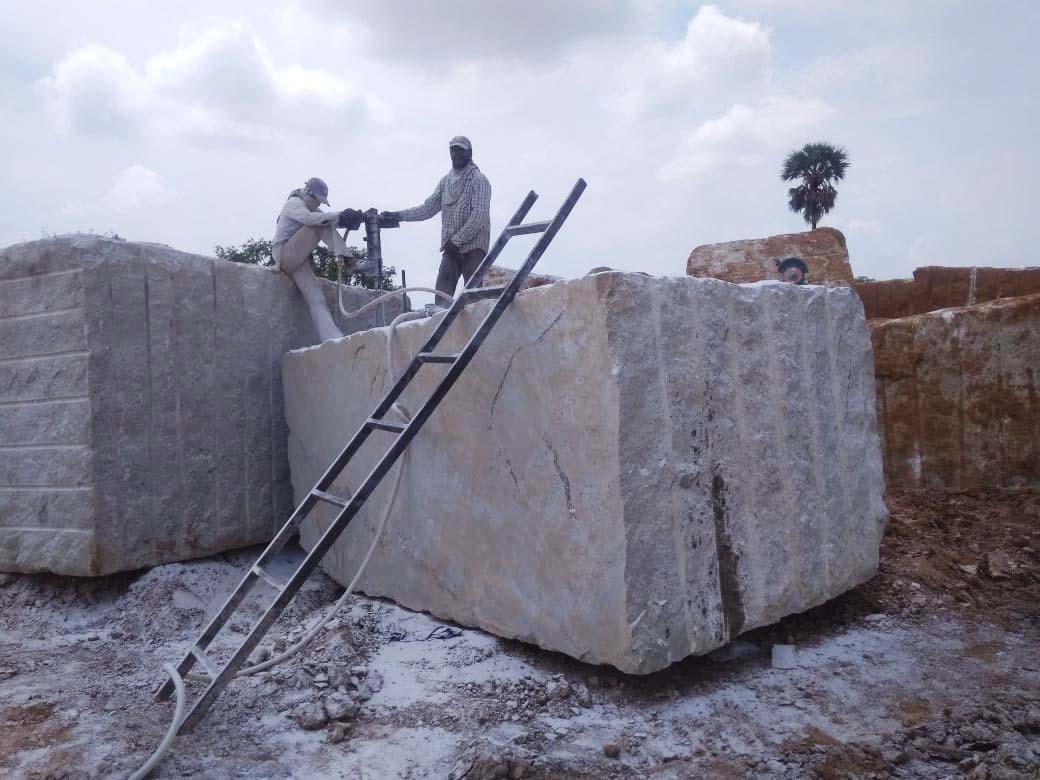Exploring Granite Quarries in South Africa: A Comprehensive Overview
Exploring Granite Quarries in South Africa: A Comprehensive Overview
Blog Article
Discovering the Rich History and Lasting Practices of Granite Quarrying
As we base on the precipice of revealing the complex tapestry of granite quarrying, a trip through time discloses not just the physical act of drawing out rock but additionally the cultural and historic significance woven into the really fabric of this technique. From the ancient origins that laid the foundation for modern quarrying strategies to the lasting methods that are forming the future of this industry, each sculpt mark on granite surface areas informs a story waiting to be discovered (granite quarries in south africa). The tradition of granite quarrying extends far beyond simple removal; it is a testimony to human ingenuity, resilience, and the long-lasting attraction of this stunning rock
Old Beginnings of Granite Quarrying
Dating back to ancient worlds, the method of quarrying granite has actually been an integral part of human history and architectural development. The earliest evidence of granite quarrying go back to old Egypt, where substantial pyramids and intricate sculptures were crafted from this resilient stone. The Egyptians used primitive tools to draw out granite blocks from quarries, showcasing the value of this product in their huge building and constructions.
Moving on in background, the Greeks additionally made substantial payments to the quarrying of granite. The Greeks made use of granite in numerous architectural wonders, such as holy places and statuaries, showing their ability in shaping and carving this sturdy stone. The Romans even more refined the techniques of quarrying granite, employing advanced devices like knives and hammers to remove and form granite for their famous structures.
With the centuries, the practice of quarrying granite has evolved, with modern-day innovations improving efficiency while maintaining the classic allure of this all-natural stone - granite quarries in south africa. From ancient human beings to modern contractors, the tradition of granite quarrying remains to form our globe
Advancement of Quarrying Methods
The development of quarrying strategies has been noted by a continuous development in the direction of higher performance and precision in removing granite. Early quarrying strategies involved hand-operated labor with basic tools such as knives, hammers, and wedges to extract granite blocks from the planet.
Developments in computer-controlled equipment and 3D modeling have optimized quarrying operations, leading to minimal environmental impact and improved sustainability techniques. As the need for granite proceeds to climb, the development of quarrying methods stays essential to meeting industry needs successfully and sustainably.
Social Relevance of Granite
Granite holds an extensive cultural importance across various civilizations as a result of its long-lasting existence in architectural work of arts and prized monoliths. From the marvelous pyramids of Egypt to the complex carvings of the Angkor Wat holy place in Cambodia, granite has actually been a material of choice for sharing majesty and durability in cultural heritage. Get More Info In old Rome, granite columns decorated temples and public structures, representing stamina and permanence. The social relevance of granite extends past its physical qualities; it symbolizes resilience, security, and timelessness, making it an icon of withstanding legacies and practices.

Sustainable Practices in Quarrying
Amidst the abundant history of granite quarrying and its cultural value exists a growing focus on sustainable practices within the sector. As environmental awareness and worries regarding resource exhaustion have enhanced internationally, the quarrying industry has actually progressively embraced lasting methods to decrease its influence on the environment and surrounding communities.

Moreover, improvement and recovery of quarry websites post-extraction are important to sustainable methods. By link bring back quarried areas to a natural or advantageous state, such as creating wildlife environments or entertainment areas, quarriers can balance out the environmental footprint of their procedures and add favorably to the regional community.
Legacy of Granite Quarrying
With a historical background soaked in craftsmanship and industrial progression, what sustaining effect has granite quarrying left on the landscape of contemporary society? The heritage of granite quarrying goes beyond mere removal techniques; it has formed architectural marvels, urban landscapes, and social heritage worldwide. The long lasting nature of granite has made it a preferred selection for monuments, buildings, and framework, standing as a testament to the ability and virtuosity of quarry workers throughout generations.
Additionally, the economic impact of granite quarrying can not be ignored. The industry proceeds to offer employment possibilities and drive regional economies in areas where granite extraction is widespread. It has additionally spurred technical developments in quarrying techniques and devices, leading to extra efficient and lasting practices.
In terms of sustainability, the legacy of granite quarrying includes initiatives to mitigate environmental effects with recovery tasks and accountable source management. By stabilizing financial interests with environmental stewardship, the sector makes every effort to guarantee that future generations can remain to take advantage of this long-lasting natural deposit.
Final Thought

Report this page